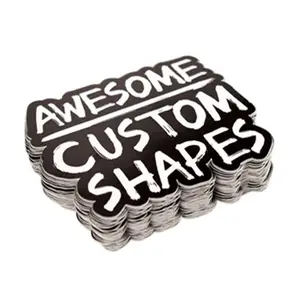Giới thiệu về miếng dán mũ bảo hiểm
Alibaba.com cung cấp các sản phẩm 4128 miếng dán mũ bảo hiểm. Có rất nhiều miếng dán mũ bảo hiểm lựa chọn dành cho bạn, chẳng hạn như trang trí nội thất, thúc đẩy món quà, và dán. Bạn cũng có thể chọn từ pvc, vinyl, và nhựa miếng dán mũ bảo hiểm. Cũng như từ chết cắt in ấn, uv in ấn, và bù đắp in ấn miếng dán mũ bảo hiểm.Và bất kể miếng dán mũ bảo hiểm là bóng cán, matte cán, hay matte véc ni.














